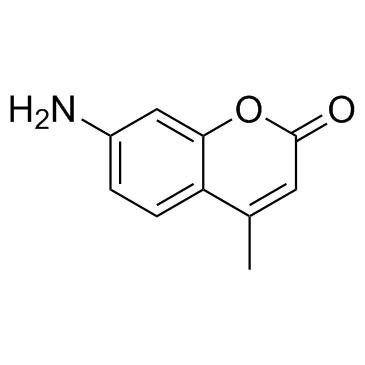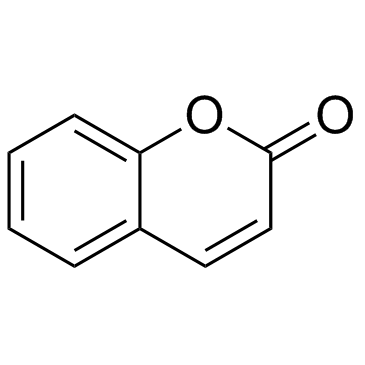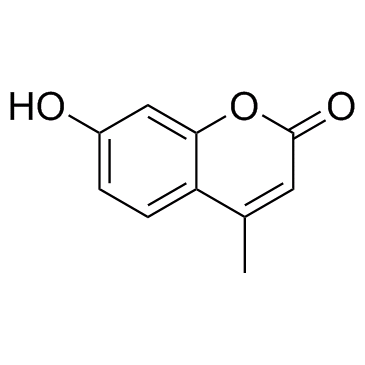| Structure | Name/CAS No. | Articles |
|---|---|---|
 |
7-Amino-4-methylcoumarin
CAS:26093-31-2 |
|
 |
Scopoletin
CAS:92-61-5 |
|
 |
Coumarin
CAS:91-64-5 |
|
 |
4-Methylumbelliferone
CAS:90-33-5 |
|
 |
6,7-Dihydroxycoumarin
CAS:305-01-1 |